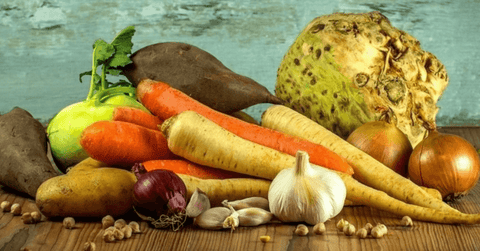Aronia is a native North American plant that is widely grown in Europe for fruit production. Aronia plants can easily be grown in the North American ecosystem in growing zones 3 to 7. The also called Chokeberry plant is a decidious, self pollinating, perennial shrub.
Growing Aronia berries in your garden brings many advantages. It is a very decorative and robust plant. Aronia is able to withstand insect infestations and is adapted to the natural ecosystem. Better than non native plants, it can easily handle diseases as well as natural variations in climate. Once planted in your garden, the Aronia plant requires just little care. Due to it’s self pollinating flowers, only one plant is needed for producing fruits. The cultivation of Aronia leads to harvesting one of the healthiest berries on our wonderful planet. Aronia fruits are full of valuable antioxidants, minerals and vitamins.
Ask your local reputable nursery or garden center for Aronia or Black Chokeberry plants. There are different varieties, for example Nero or Viking, you will find a list of Aronia varieties on our J&J Aronia plant page. We recommend to buy two-year old Nero or Viking plants for fruit production. Then you should be able to already harvest some berries the following year.
What Type of Soil is best for Aronia Berry Plants?
Aronia plants are not very picky about the soil in which they are established. A wide range of soil types is suitable for these bushes. The shrubs of Aronia are doing well in wet winter soils with slow drainage and are resistant to dry summers, too. The optimal soil is slightly acidic with pH between 6 and 6.5.
Soil preparation for Aronia plants is very similar to other berries. You can improve the soil by adding organic matter like some aged manure and compost/humus in the late autumn. Carefully dig everything in and repeat the process in late winter again. Use organic mulch around the shrubs to enrich your soil with nutrients. If you have sandy or heavy soil in your garden, be sure to mix your soil with plenty of compost, aged manure or peat before planting Aronia plants to ensure optimal conditions for growing Aronia berries.
How to Water Aronia Plant
Watering your Aronias is needed for maximum fruit production. When dry, water the plants once or twice a week. Be sure to water the shrubs right after planting. Best time to water is in the early morning hours until 8 a.m. The plants are most receptive to water at this time. In the morning the plant’s roots are effectively receiving water and the cells of the leaves open up to take in the morning dew. Never water while the sun shines. On of the most significant factor for reduced berry size and fruit yield is a lack of water.
Aronia is moderately tolerant of some shade and grows very well in full sunlight. You can get new Aronia plants by slicing off the suckers and planting them in new locations.
Growing Aronia Berries (Chokeberries)
Aronia berries have been used for hundreds of years by Natives and early settlers. These fruits can be utilized as food, medicine and clothing dye. Recent studies prove that the Aronia berry is a true superfruit with astonishing health benefits. Aronia acts as an excellent source of many vital substances like antioxidants (polyphenols), vitamins and minerals. They taste great and are super versatile, they can be consumed fresh, dried, juiced, or in extract form. We offer a wide range of Aronia products in our Online Shop and at local retailers in Canada.



